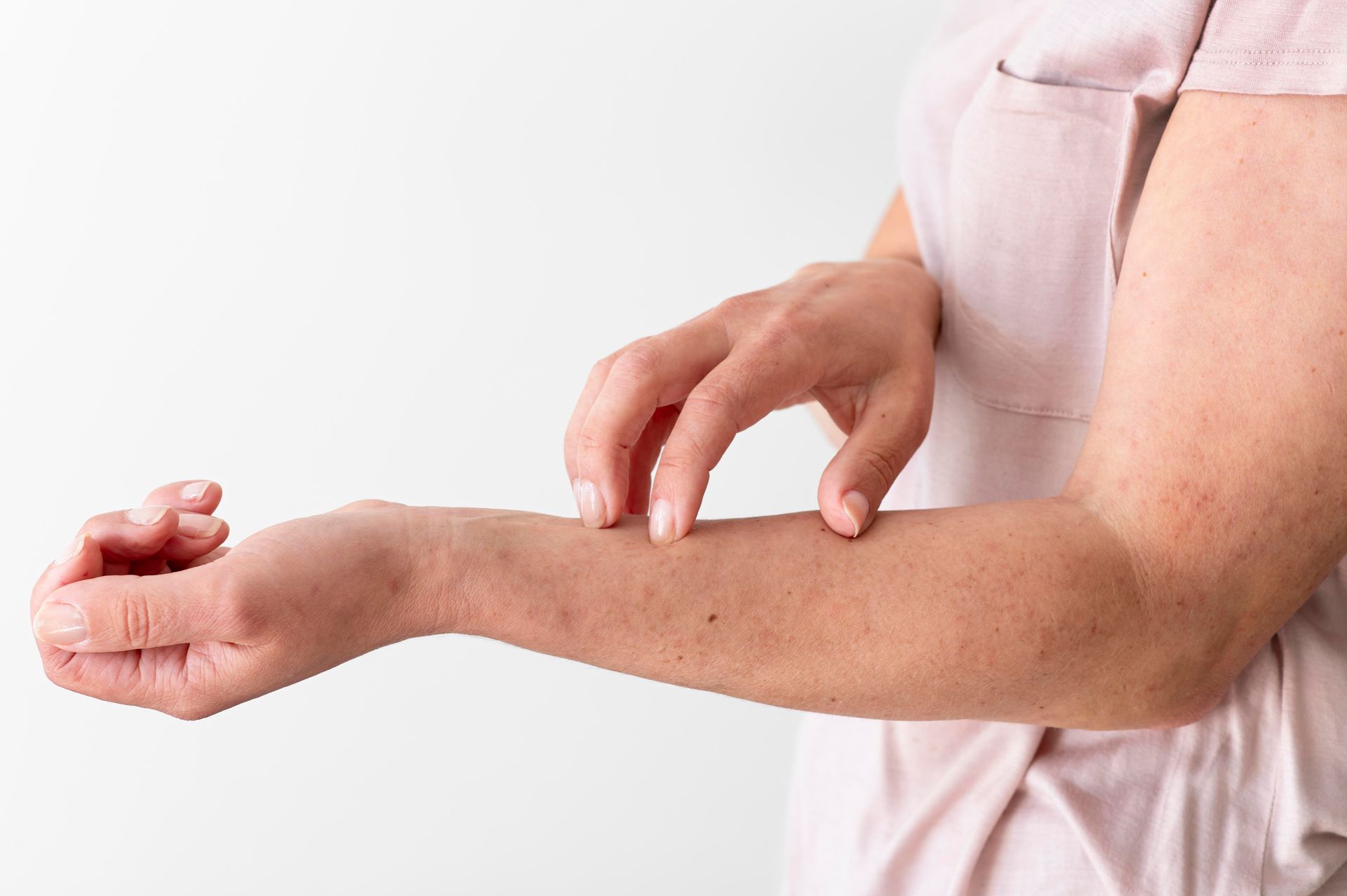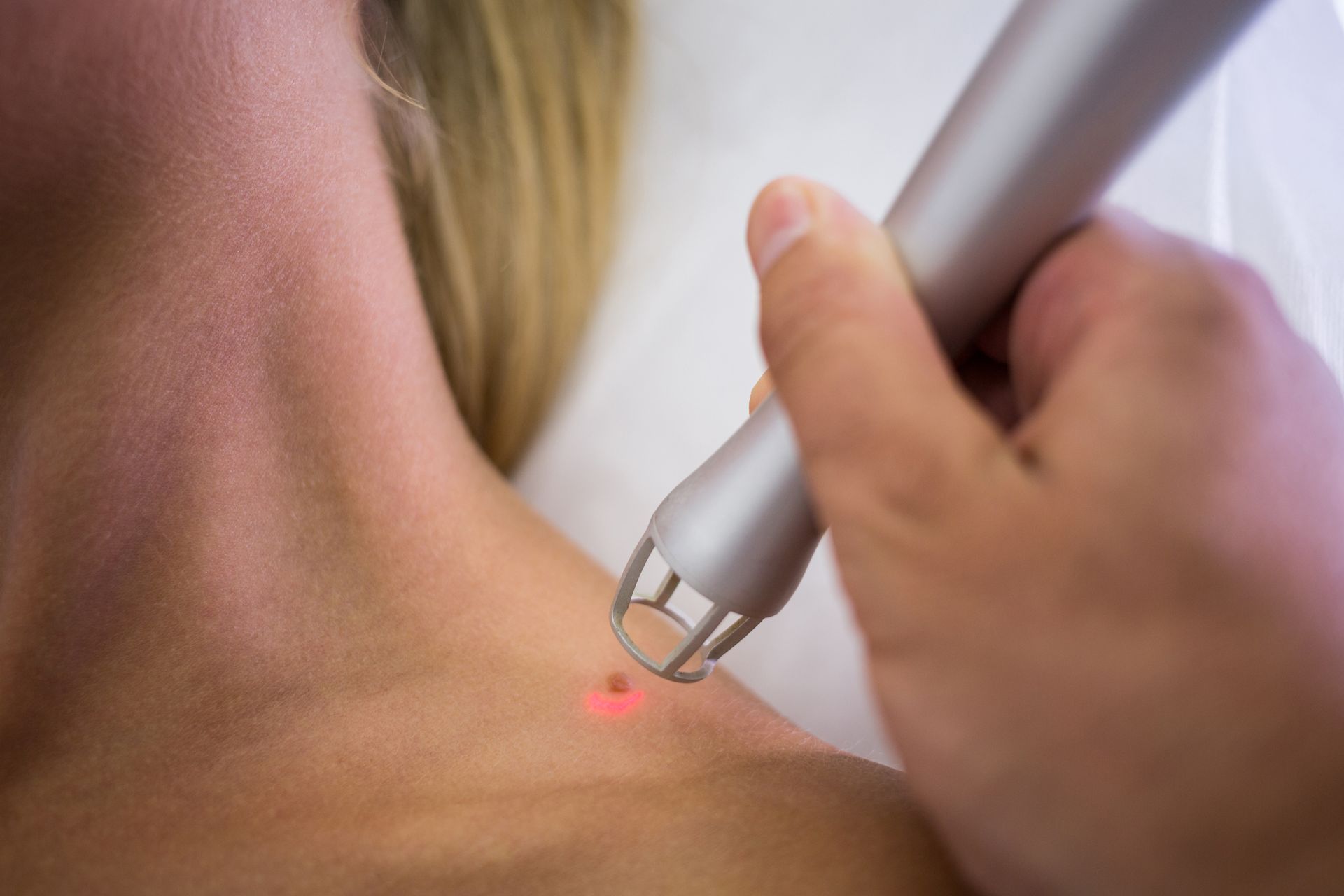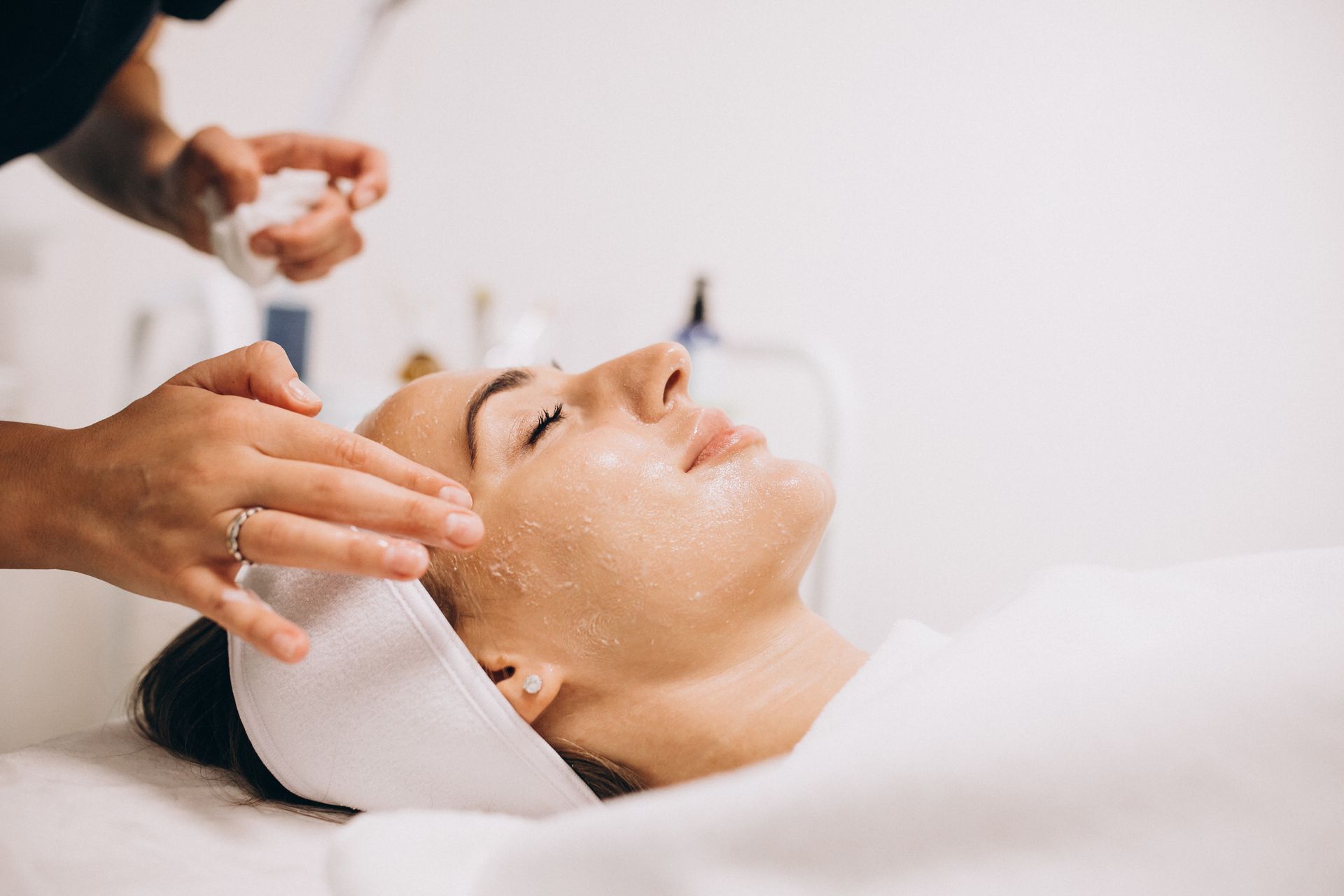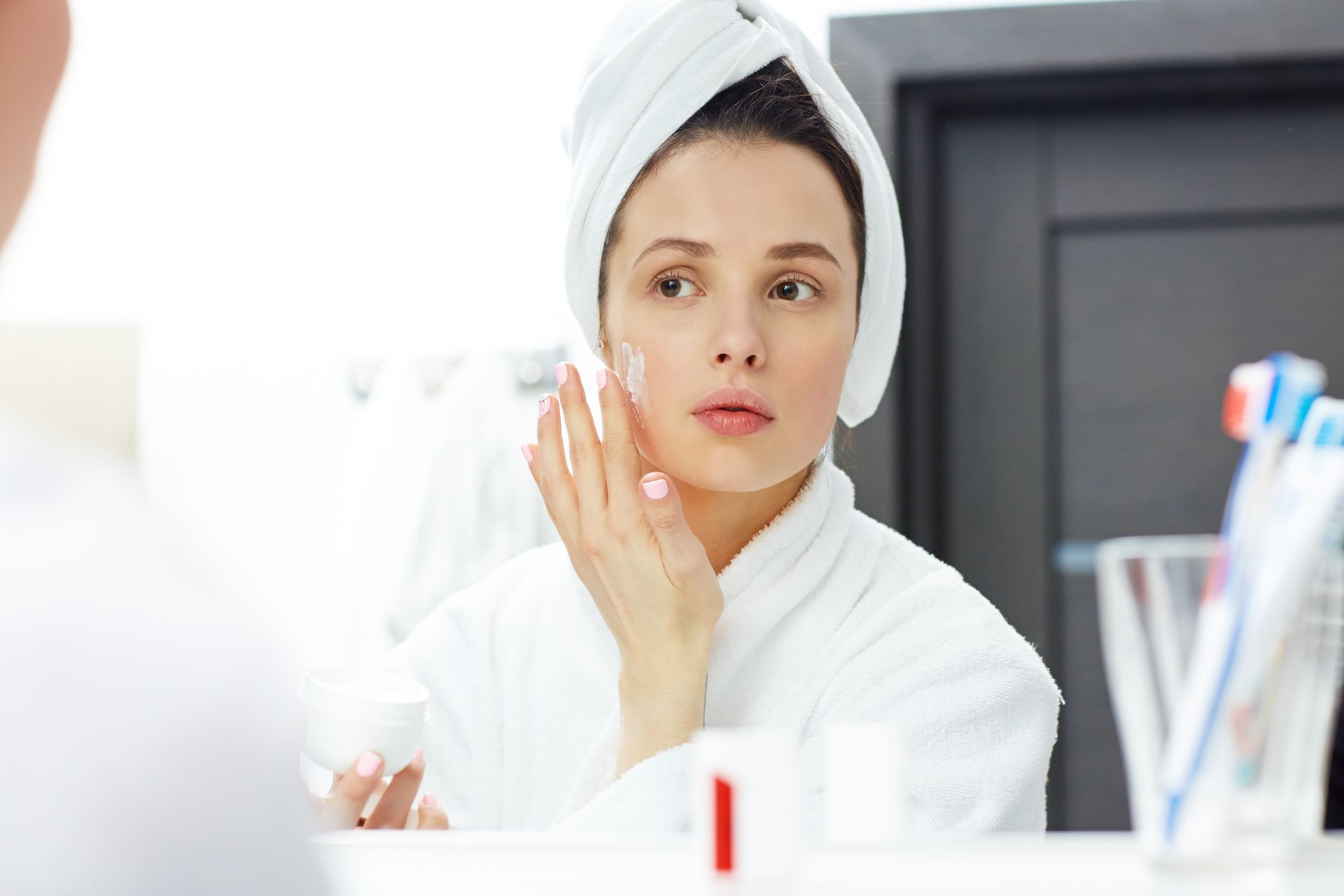Can I Shave My Legs After Laser Hair Removal?
Laser hair removal is a popular method for achieving smooth, hair-free legs without the constant need for shaving or waxing. However, many individuals who undergo this procedure often wonder if they can shave their legs afterward. This article will explore whether shaving after laser hair removal is advisable, the recommended timing for shaving, and the best practices for maintaining smooth skin while ensuring effective laser treatment.
The Laser Hair Removal Process
Laser hair removal works by targeting the pigment (melanin) in the hair follicles with concentrated light beams. The heat from the laser damages the follicle, inhibiting future hair growth. While this process significantly reduces hair growth, it typically requires multiple sessions to achieve the desired results, as hair grows in different stages, and the laser is most effective on hair in the active growth phase.
Can You Shave After Laser Hair Removal?
Yes, you can shave your legs after laser hair removal, but there are specific guidelines you should follow to ensure the best results. Shaving is actually the only hair removal method recommended between laser sessions because it doesn’t interfere with the hair follicle, unlike waxing or plucking, which can reduce the effectiveness of the laser treatment.
When Is It Safe to Shave After Laser Hair Removal?
The timing of when you can shave after a laser hair removal session is crucial. It’s generally recommended to wait at least 24 to 48 hours after the procedure before shaving. This waiting period allows your skin to heal from the treatment, as laser hair removal can cause temporary redness, swelling, and irritation. Shaving too soon after the procedure can exacerbate these side effects and potentially lead to skin damage.
Best Practices for Shaving After Laser Hair Removal
To maintain smooth, healthy skin while undergoing laser hair removal treatments, follow these best practices for shaving:
1. Use a Clean, Sharp Razor
- Always use a clean, sharp razor to shave your legs after laser hair removal. Dull blades can cause skin irritation and increase the risk of cuts and ingrown hairs, which can complicate your treatment.
2. Avoid Harsh Products
- After laser hair removal, your skin may be more sensitive than usual. Avoid using harsh shaving creams or gels that contain alcohol or fragrances, as these can irritate the skin. Opt for a gentle, moisturizing shaving cream or gel instead.
3. Shave in the Direction of Hair Growth
- Shaving in the direction of hair growth reduces the risk of irritation and ingrown hairs, which are common concerns after laser hair removal. While it may not give as close a shave as going against the grain, it is safer for your skin during the laser treatment process.
4. Moisturize After Shaving
- After shaving, it’s important to moisturize your skin to keep it hydrated and to soothe any potential irritation. Choose a fragrance-free, hypoallergenic moisturizer to avoid further sensitivity.
How Shaving Affects Laser Hair Removal Results
Shaving your legs after laser hair removal does not affect the overall results of the treatment. Since shaving only cuts the hair at the skin’s surface and doesn’t pull the hair out by the root, it won’t interfere with the laser’s ability to target the hair follicle. In fact, many professionals recommend shaving the day before your laser session to ensure that the hair is at the optimal length for the laser to work effectively.
What About Other Hair Removal Methods?
While shaving is safe, other hair removal methods such as waxing, plucking, or threading should be avoided during the laser hair removal process. These methods remove the hair from the root, making it difficult for the laser to target the follicle, which can reduce the effectiveness of the treatment and potentially require more sessions to achieve the desired results.
How Long Should You Continue Shaving?
As you continue with your laser hair removal sessions, you’ll notice that the hair on your legs becomes finer and grows back more slowly. Over time, you’ll find that you need to shave less frequently. After completing the full course of laser treatments, many people find that they can go weeks or even months without needing to shave, depending on their hair growth cycle.
Final Sessions and Maintenance
Once you’ve completed your laser hair removal sessions, it’s still important to follow your technician’s recommendations for any maintenance treatments. Some individuals may require occasional touch-up sessions to maintain their smooth skin. During these maintenance phases, you can continue to shave as needed, following the same guidelines to ensure your skin remains healthy and smooth.
Conclusion:
Shaving after laser hair removal is not only allowed but is often recommended to keep your legs smooth and hair-free between sessions. By following the proper guidelines for shaving, you can ensure that your skin remains healthy and that your laser treatments are as effective as possible. Remember to wait at least 24 to 48 hours after each laser session before shaving, use gentle products, and avoid other hair removal methods that could interfere with the treatment. With these tips, you’ll be able to enjoy the full benefits of laser hair removal and maintain beautiful, smooth legs.
BOOK YOUR FREE SESSION










